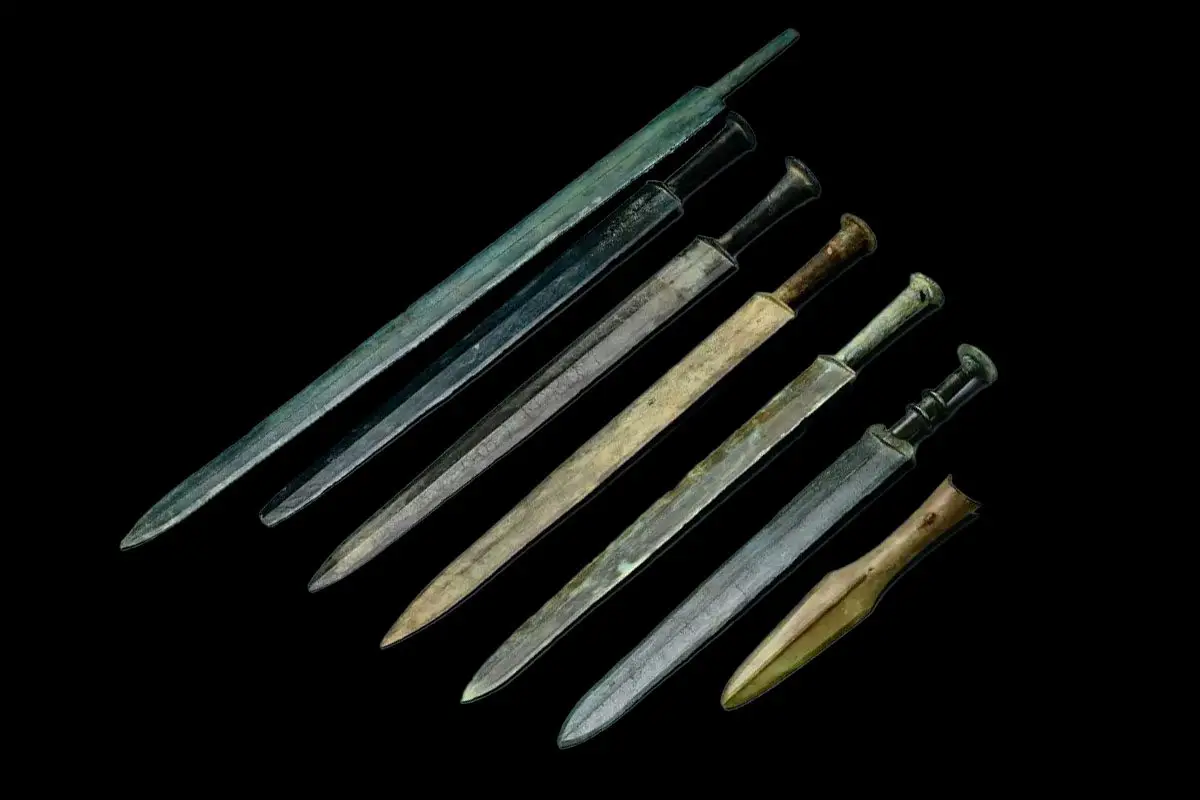Archaeologists from the Hubei Provincial Institute of Cultural Relics and Archaeology, and the Xiangyang Municipal Institute of Cultural Relics and Archaeology, have uncovered a large cemetery from the Warring States period in Xiangyang, China.
The Warring States period (475–221 BC) was an era defined by numerous conflicts between several feuding Chinese kingdoms and concluded with the Qin wars of conquest.
Excavations of the Baizhuang Cemetery, located near the village of Dengcheng, have revealed a large number of earthen pit tombs and cultural relics.
Archaeologists have so far uncovered 176 tombs, with 174 dating from the Warring Sates period, and two from the Han Dynasty (202 BC–AD 9 and AD 25-220).
Speaking to HeritageDaily, a member of the excavation team explained that most of the tombs are modest in size, while 9 are medium-sized tombs with sloping tomb passages (designated M1 to M9).
Within M3 and M4, excavations have found the blue-grey decay marks of the coffins and funerary objects, which include bronze tripods, pots, and boats, as well as bronze swords, spoons, and horse bits. In the vicinity are also several horse burials with chariots found in situ.

A press statement states that the cemetery has yielded over 500 cultural relics, among them, sets of pottery, imitation copper pottery ritual vessels, everyday items such as plates, bowls, and combs, as well as several jade rings.
Archaeologists from the project said: “This excavation provides a source of new materials for the study of funerary customs in the Xiangyang area during the middle and late Warring States Period, and also provides important physical data for the study of Chu culture.”
Header Image Credit : Institute of Archaeology, Chinese Academy of Social Sciences
Sources : Chinese Academy of Social Sciences







